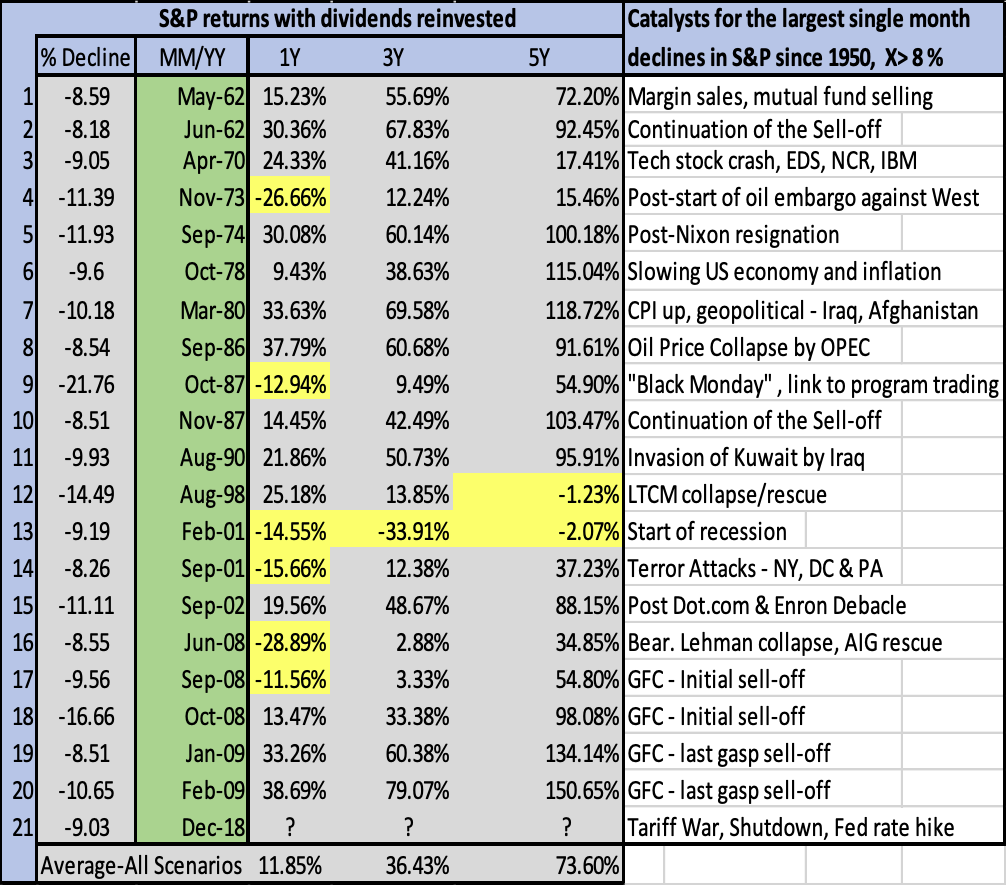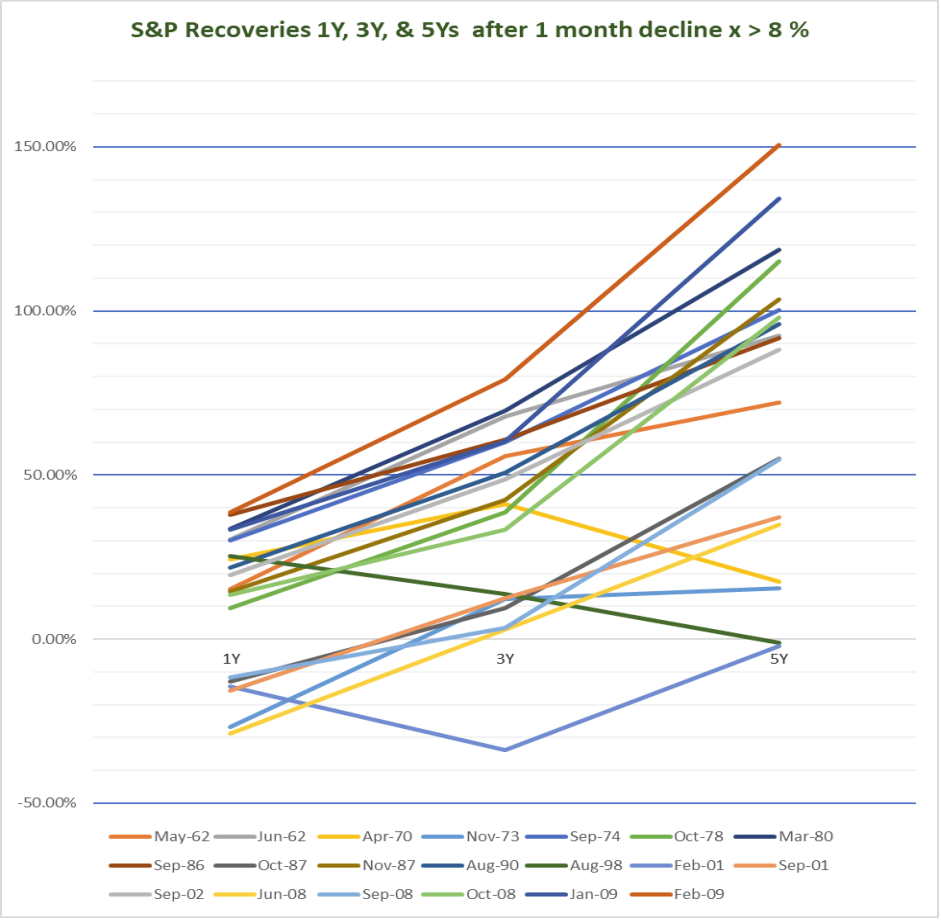Let’s explore how an Investment Committee may approach the decision in an organized process:
a) Your Range of Available Alternatives
b) Key questions to Consider
c) Obtaining Buy-in from Your Fellow Committee Members
d) Educating Yourself on the Advantages/Drawbacks
e) Ensuring a Focused Comparison of Providers
a) Your Range of Available Alternatives
The typical continuum of Investment Management approaches are as follows:
Certainly, there are variations of the above four approaches including a hybrid of approaches.
While each approach has the potential to succeed, there are approaches that contain inherent
structural and behavioral flaws which may impede success. (One could also split the portfolio
corpus between internal CIO and outsourced CIO management.)
In an AGB publications1, they “strongly advise against…the investment committee [that]
functions as CIO, often with the help of a consultant…we now have decades of strong evidence
that Investment Committees simply have found it difficult to succeed in this role2 .”
If we accept the results of the AGB research, then we are left to focus on Internal CIO, IC Chair
as CIO, and Outsourced CIO. Internal CIO (and staff) introduces the issues of cost, economies
of scale, and compensation/personnel issues. IC Chair as CIO concentrates power and discretion
in a single person, who is a volunteer. It may work if the person has the required expertise,
leadership experience, and the time to focus. Let’s now turn attention to the focus of this
briefing, how to consider an Outsourced CIO.
b) Key Questions to Consider
Let’s consider whether an Outsourced CIO may be appropriate for your organization. Before
considering the merits, some threshold questions are appropriate:
- A non-profit typically retains outside legal counsel, external auditor, IT expertise, payroll management, grant tracking, etc. (all non-core activities) where external expertise is needed and a recognized value-add. Do members of the IC view an Outsourced OCIO as a value-add and are they willing to give up day-to-day investment control and shift their focus to oversight and more strategic issues?
- If the Board is open to an Outside CIO, what are the existing and future challenges/issues that the committee is trying to address?
- What are the range and type of desired investment offerings that need to be provided by the Outside CIO?
- How should the Committee members educate themselves as to what’s available, what’s appropriate for their organization and how can they effectively and efficiently internalize the information to arrive at the best outcomes for their organization.
(Certainly, there are more detailed and other helpful questions that will assist a committee
in its analysis, but we shall consider only those above for purposes of our review here.)
c) Obtaining Buy-in from Your Fellow Committee Members
Research has shown that non-profits, with rare exceptions have simply not maintained the
purchasing power of their Investment Portfolios, especially relative to the pre-GFC (2007)
levels.3 In order to conduct an effective Outsourced CIO search, the IC members must first agree
that there is a challenge to be addressed. If there is disagreement on the IC as to which of the
four main approaches presented are appropriate, the search process may be fatally flawed and
simply not lead to the best outcome. It may well further divide the IC if the differences of
opinion are not subject to suasion or authentic consensus.
If authentic agreement can be reached to move forward, then the IC should be specific and agree
in writing, on the precise parameters of who should have what investment management
responsibilities and the proper assignment of oversight duties.
The IC should agree on what gaps or deficiencies are to be addressed. They should review their
existing IPS and see if it really addresses how they would like the portfolio to be managed on a
go forward basis. This is the time to identify asset classes, investment structures (e.g. comingled
accounts v. SMA’s) that the IC wishes to embrace or avoid. If there is a desire to focus more on
impact investing or ESG, this is the time to identify that as an item of inclusion, as well.
d) Educating Yourself and IC on Advantages/Drawbacks of an Outsourced CIO
An Outsourced OCIO is no panacea but a means to an end. Given the customized demands of
individual non-profits, you need to understand what your wants are and what is available or
customizable in the market. There is abundant information available on provider websites and
some can be quite useful, and while much may not be directly on point for your needs. You
could invite a sample of providers to address your IC at periodic meetings and gradually obtain
key points of information, but the information may be skewed or incomplete.
In the alternative, it may be more cost effective and time efficient to hire a search consultant who
can match your specific needs to what the outsourced CIO providers offer and what could be
created for you. Be mindful that there are 80+ OCIO providers who assert national coverage and
yet they have quite different investment approaches, investment vehicles, asset class coverages,
reporting capabilities, fee structures, gradations of outsourcing services provided, etc.
You also need to achieve a “good fit” with your ultimate provider. This will maximize your
chances of forming a long and worthwhile partnership with your provider. A search provider can
provide a team who gets to know you and can partner with you to achieve your specific goals.
The team will be your strongest advocate throughout the search and the on-boarding process.
e) Ensuring a Focused Comparison of Providers
Although the industry has grown to $1.1Trln4 over the last 20 years, it suffers from a lack of standardization in reporting returns and some opaqueness as to total fees charged. There are a variety of OCIO firms each with their own areas of strength. The lineup of providers includes a) the largest OCIOs with +$90 Bn in AUM, b) medium-sized OCIOs who are considered the $15 – $30 Bn range, c) niche OCIOs who have a specific investment strategy focus, and 4) alternatives-focused OCIOs. If the Committee does not have a consensus view as to the type of OCIO they would like to work with, seeing a variety of OCIO models and reviewing the services obtainable from each would help the IC arrive at a more informed decision.
An additional caution is that once an Outsourced CIO is chosen, then portfolio assets will likely
need to be liquidated and/or transferred to new custodians. There are risks involved with this
timing and asset transfer. It should be planned in specific detail to ensure that there is no market
timing or excess bid/offer spreads incurred. Without enough planning and oversight, losing 30 –
80 bp’s on the portion of the portfolio liquidated can occur. There could also be legacy assets.
Summary
In summary, the goal is to ensure the IC fully describes what its needs are and what level of
discretion suits its members. If there is not agreement by the IC members PRIOR to the actual
search, it will be likely be more difficult to achieve the best outcome possible for a non-profit
organization. There are a broad variety of providers whose specific expertise and structure
enables them to provide solutions best suited to some types of clients rather than others.
Want to learn more? Please contact Chris Cutler, Tom Donahoe or Safia Mehta at 917 287 9551.
1 Association of Governing Bodies of Universities and Colleges, “Endowment Management for Higher Education”, 2017, AGB Press, Washington, D.C.
2 They cite 4 impediments: Lack of expertise, difficulty in making timely decisions, inability to make difficult, contrarian decisions, and diffusion of responsibility., ibid., p.25
3 Sandeep Dahiya, David Yermack. “Investment Returns and Distribution Policies of Non-Profit Endowment Funds.” Report 11/27/2018 Available on https://papers.ssrn.com
4 Cerulli Associates/Blackrock, “OCIO at an Inflection Point”, P. 3, Report 2019 © 2019 MAS, LLC



